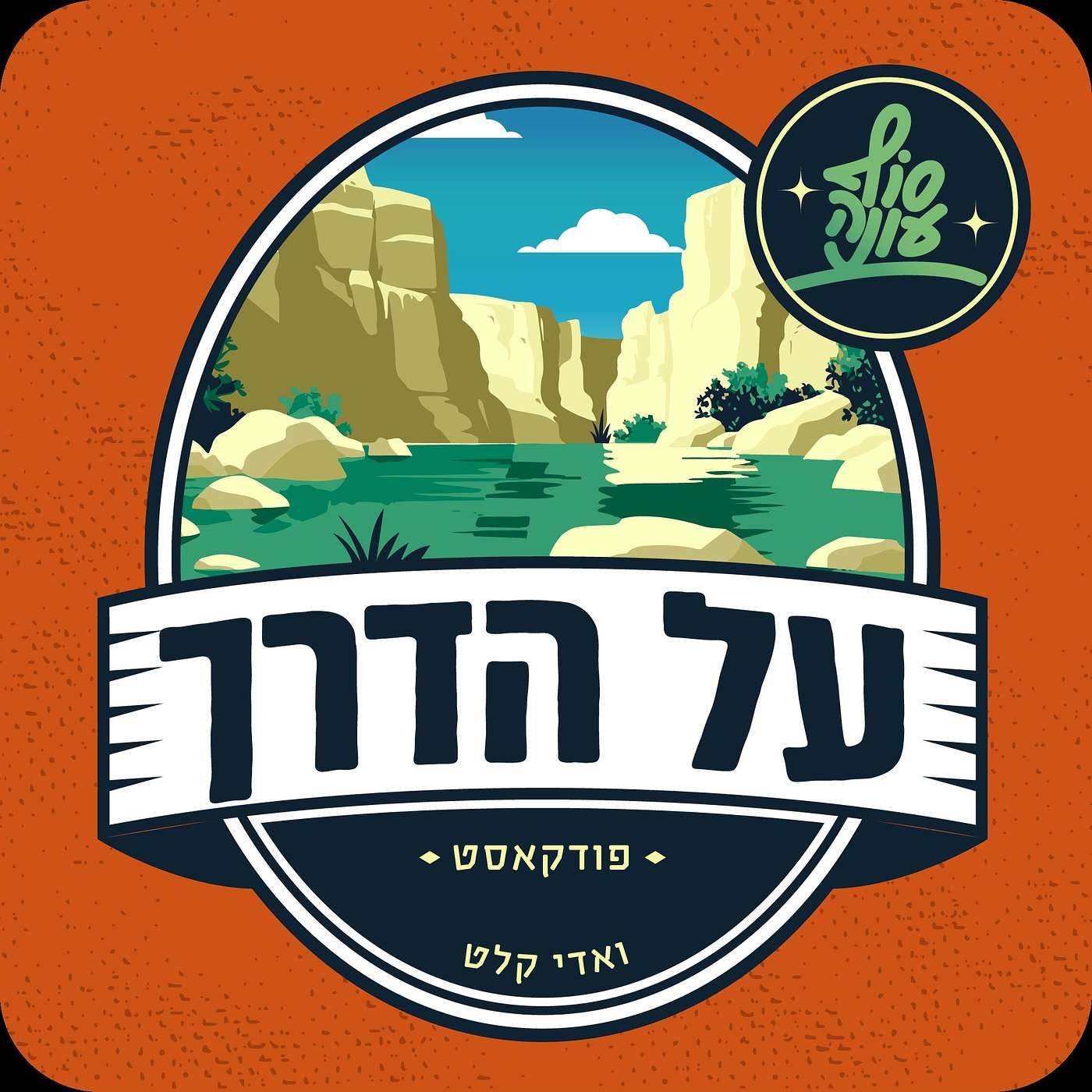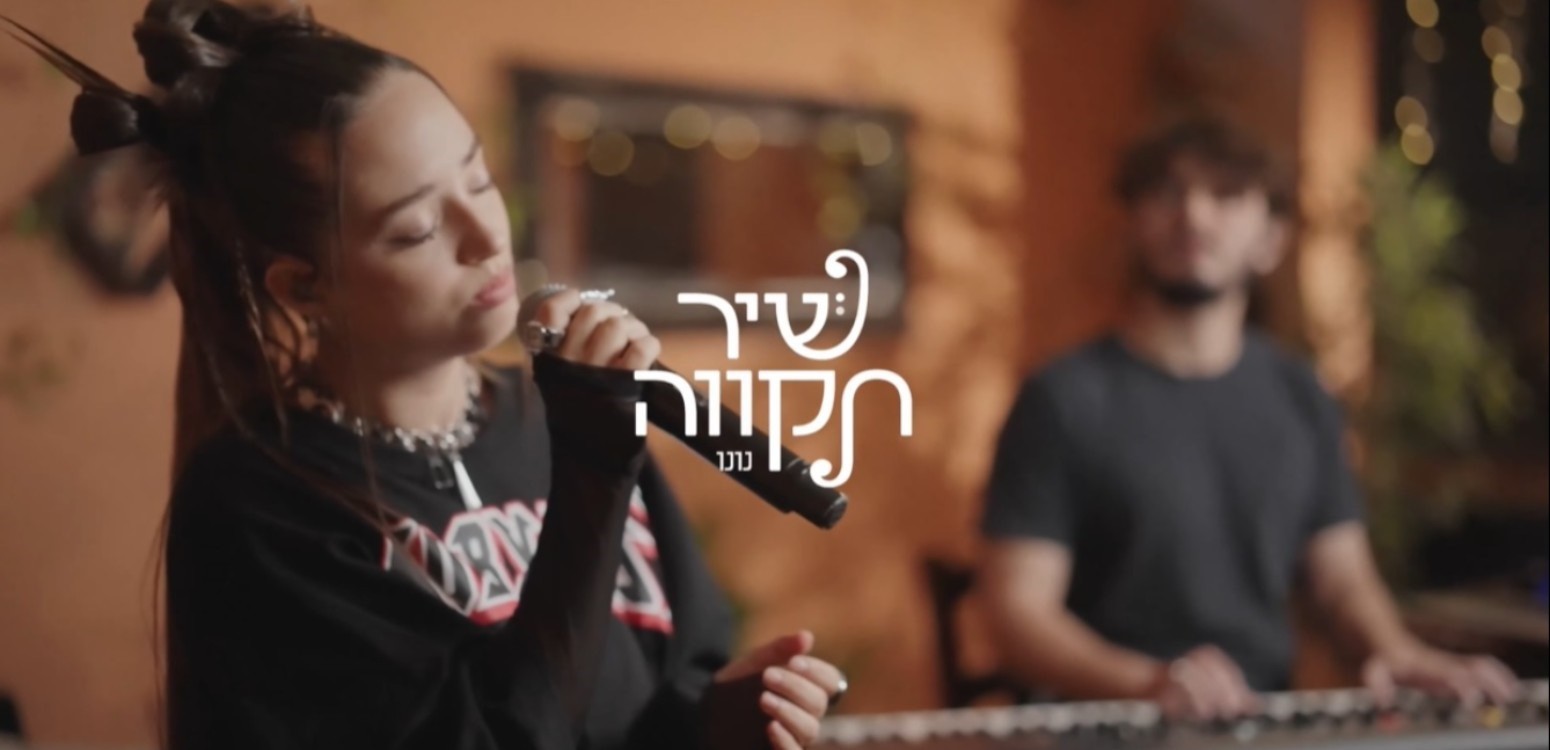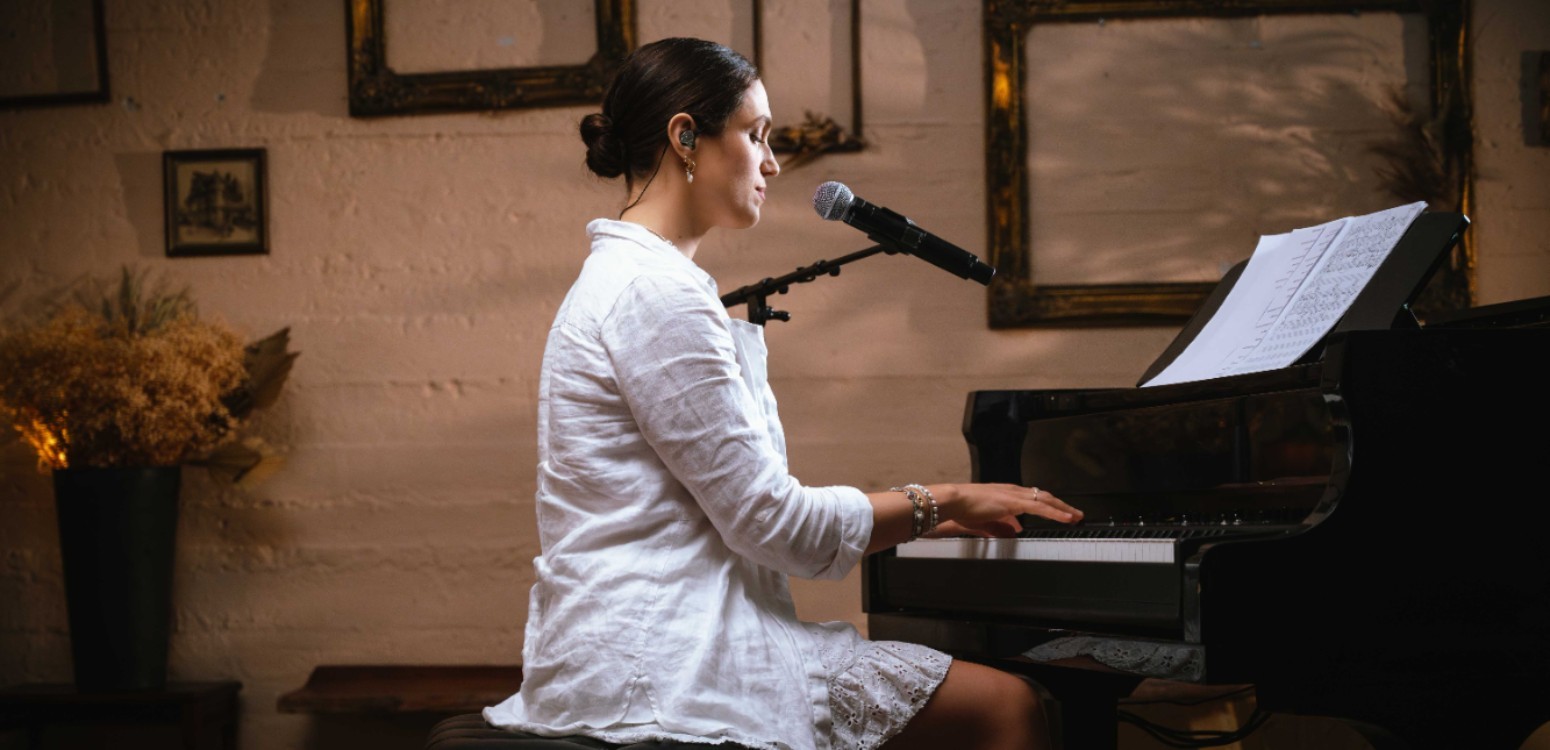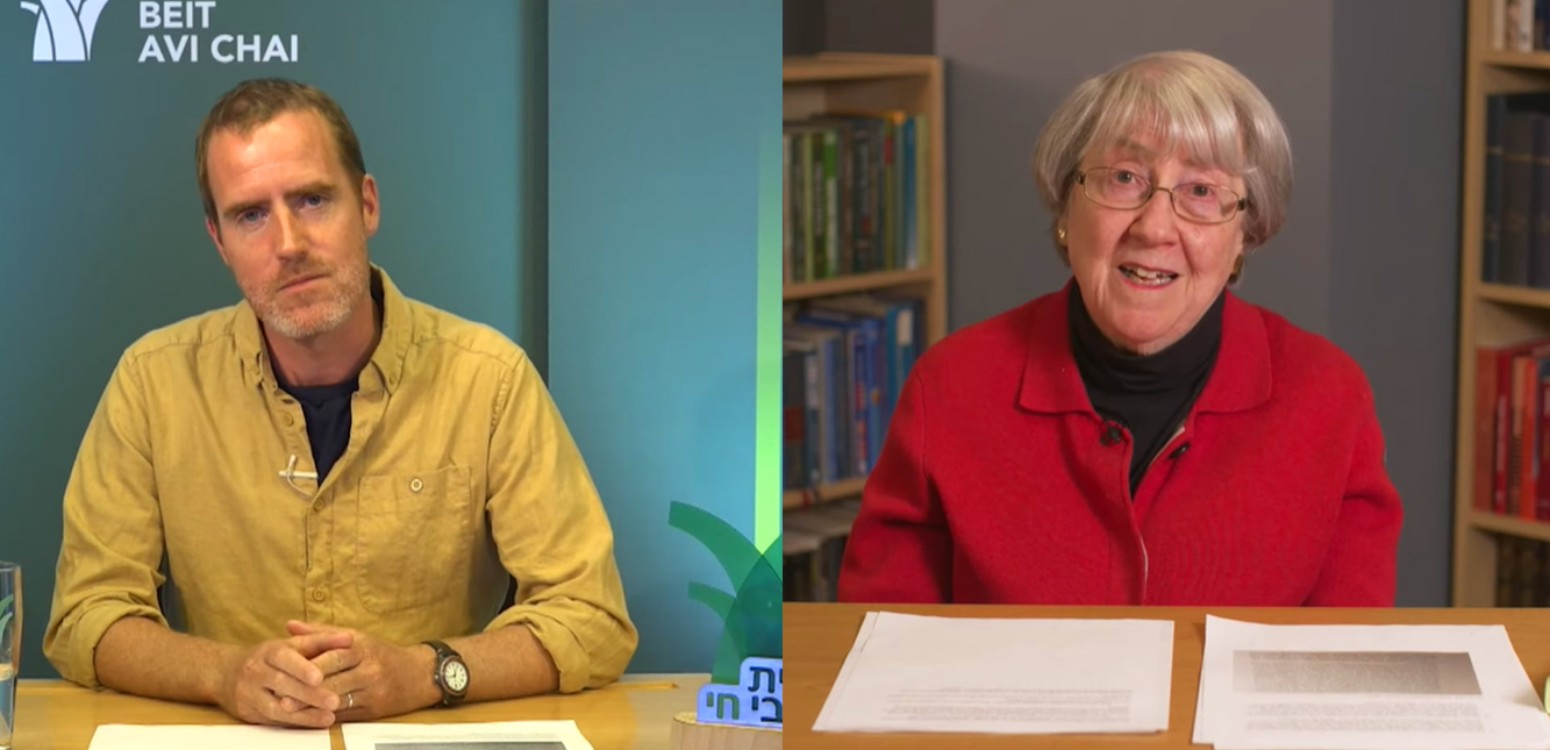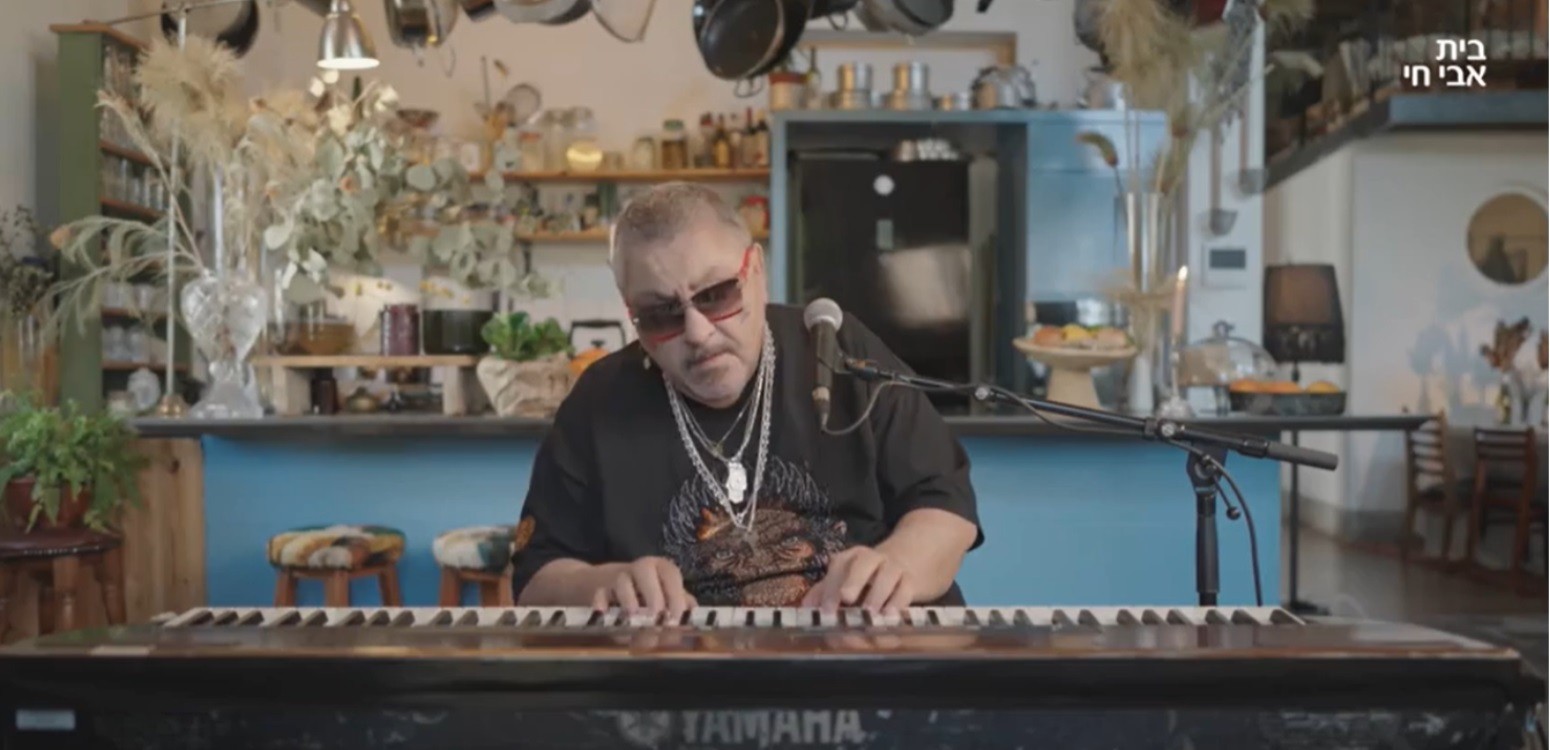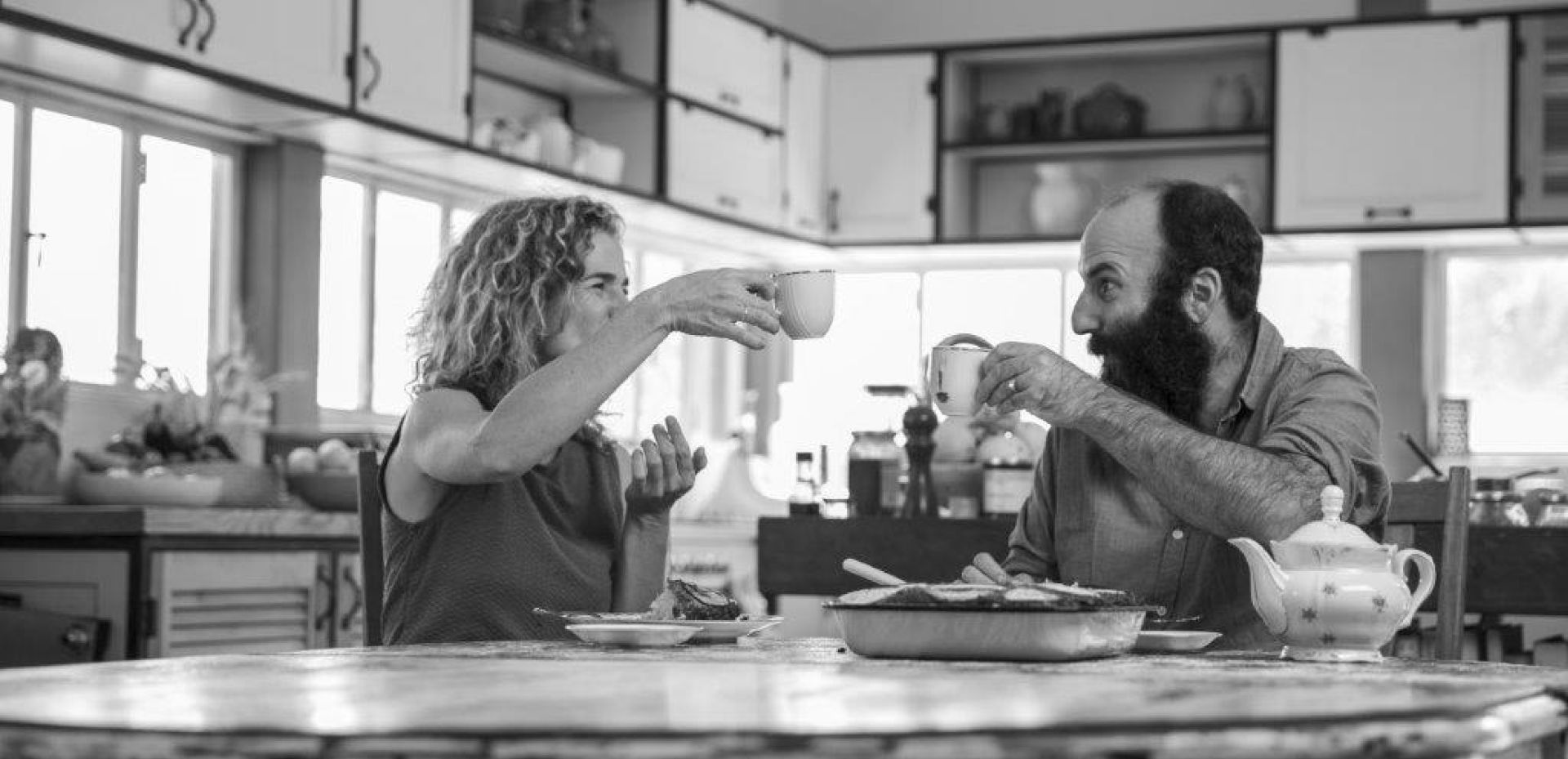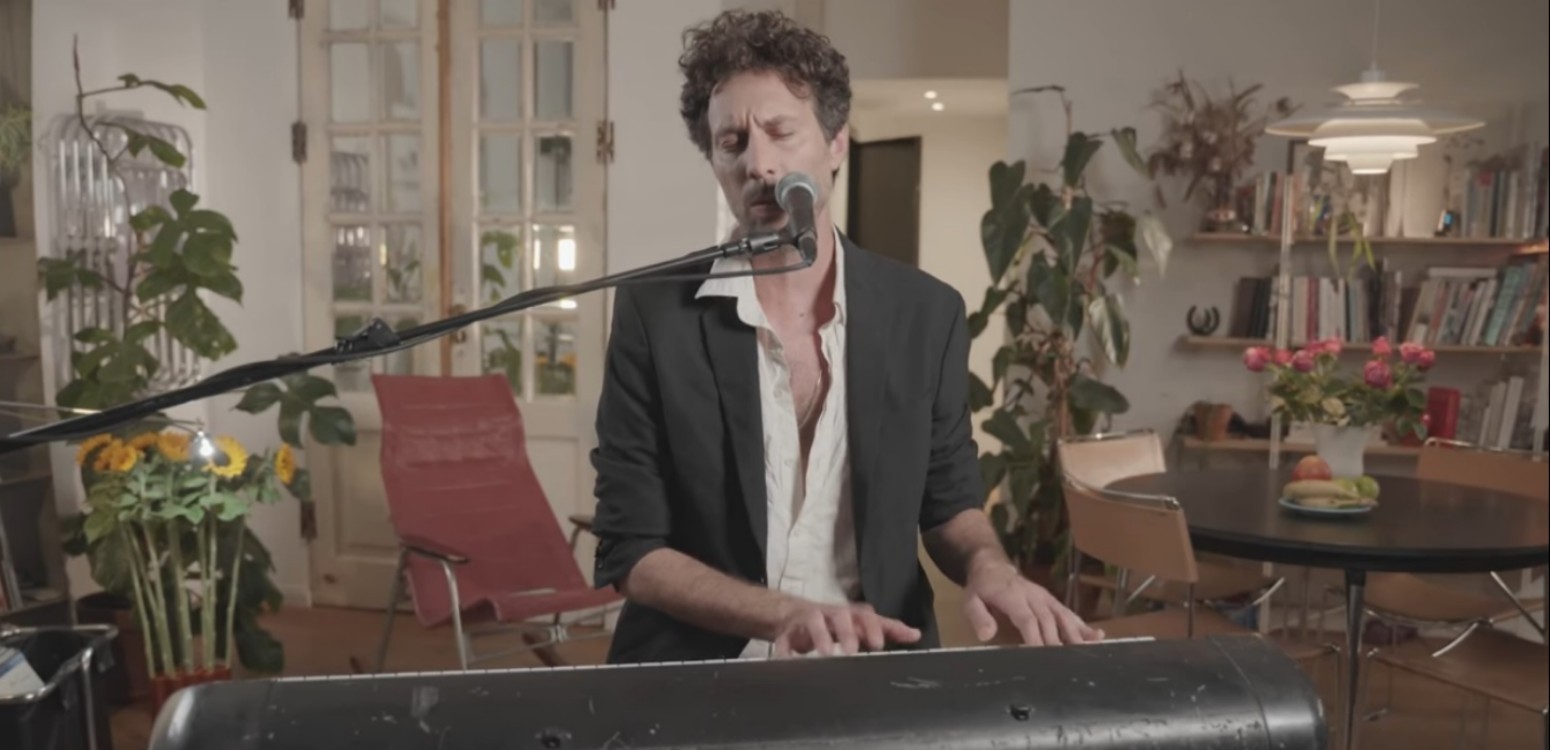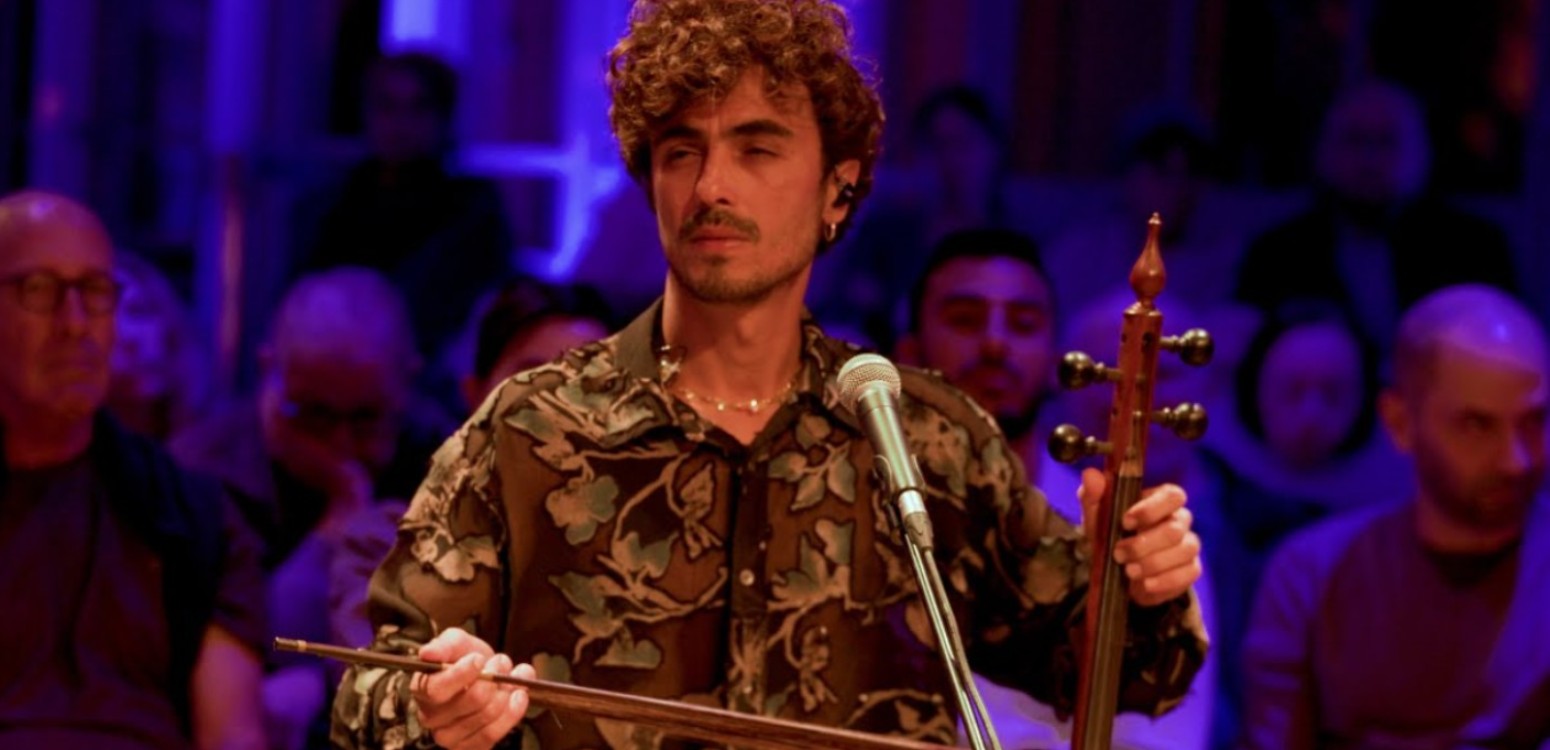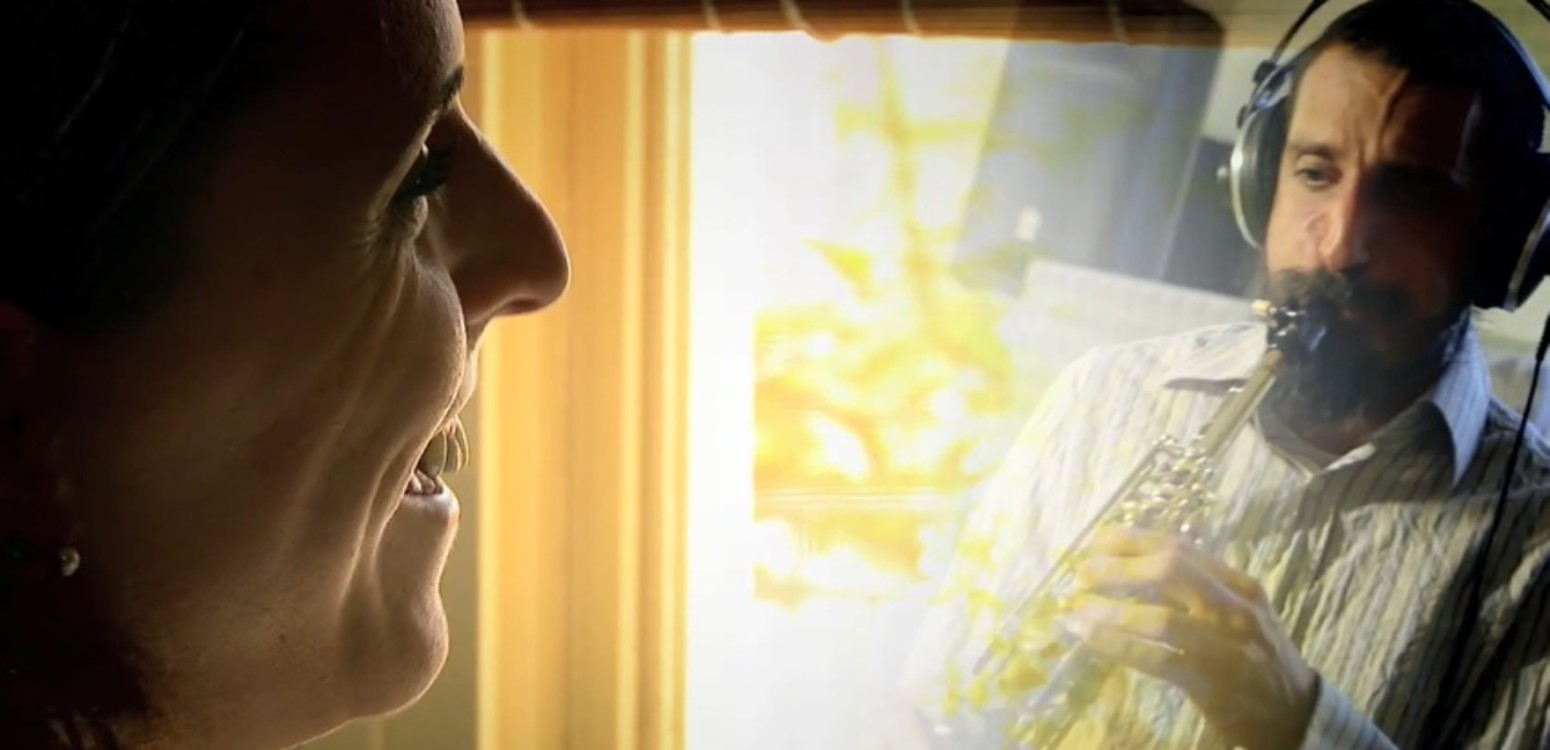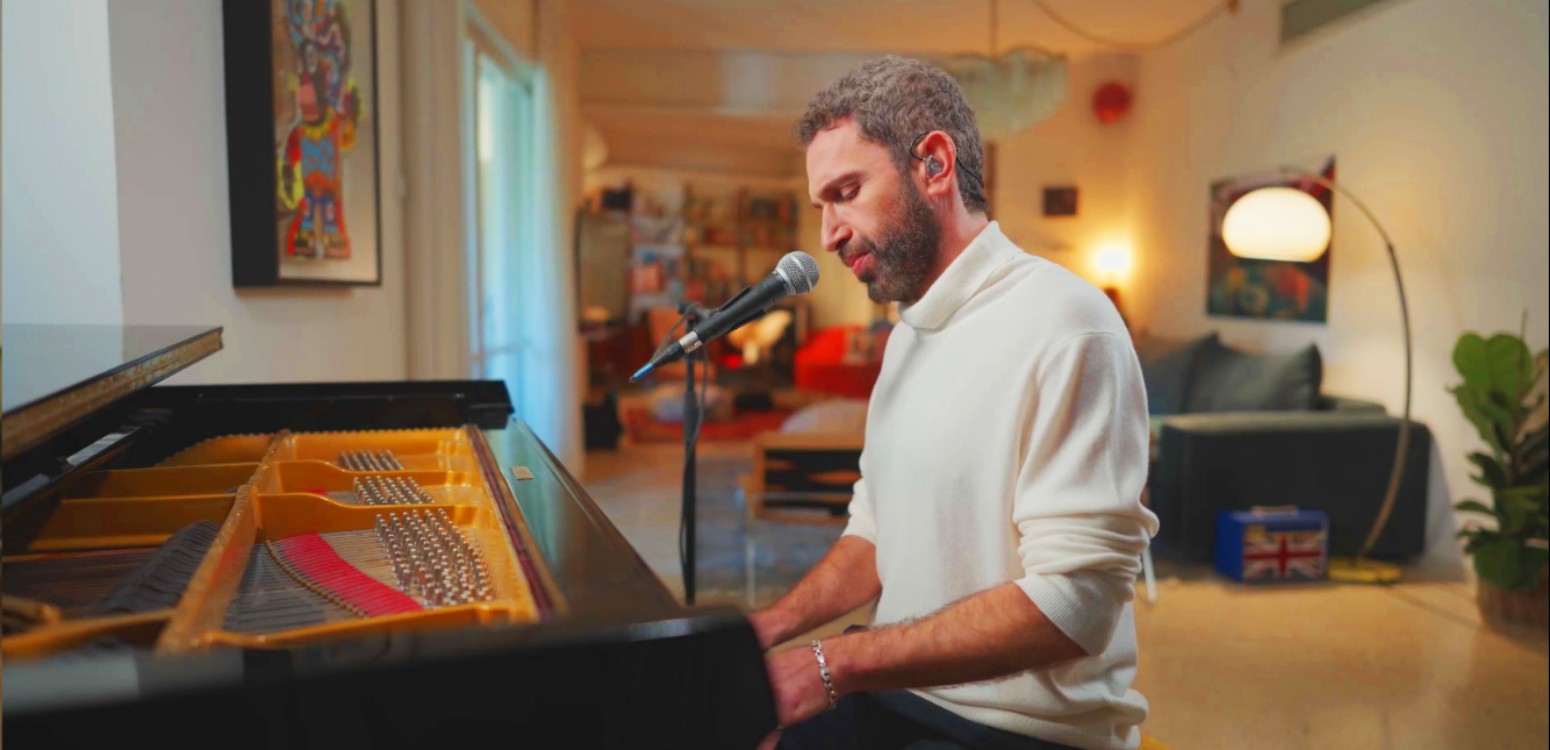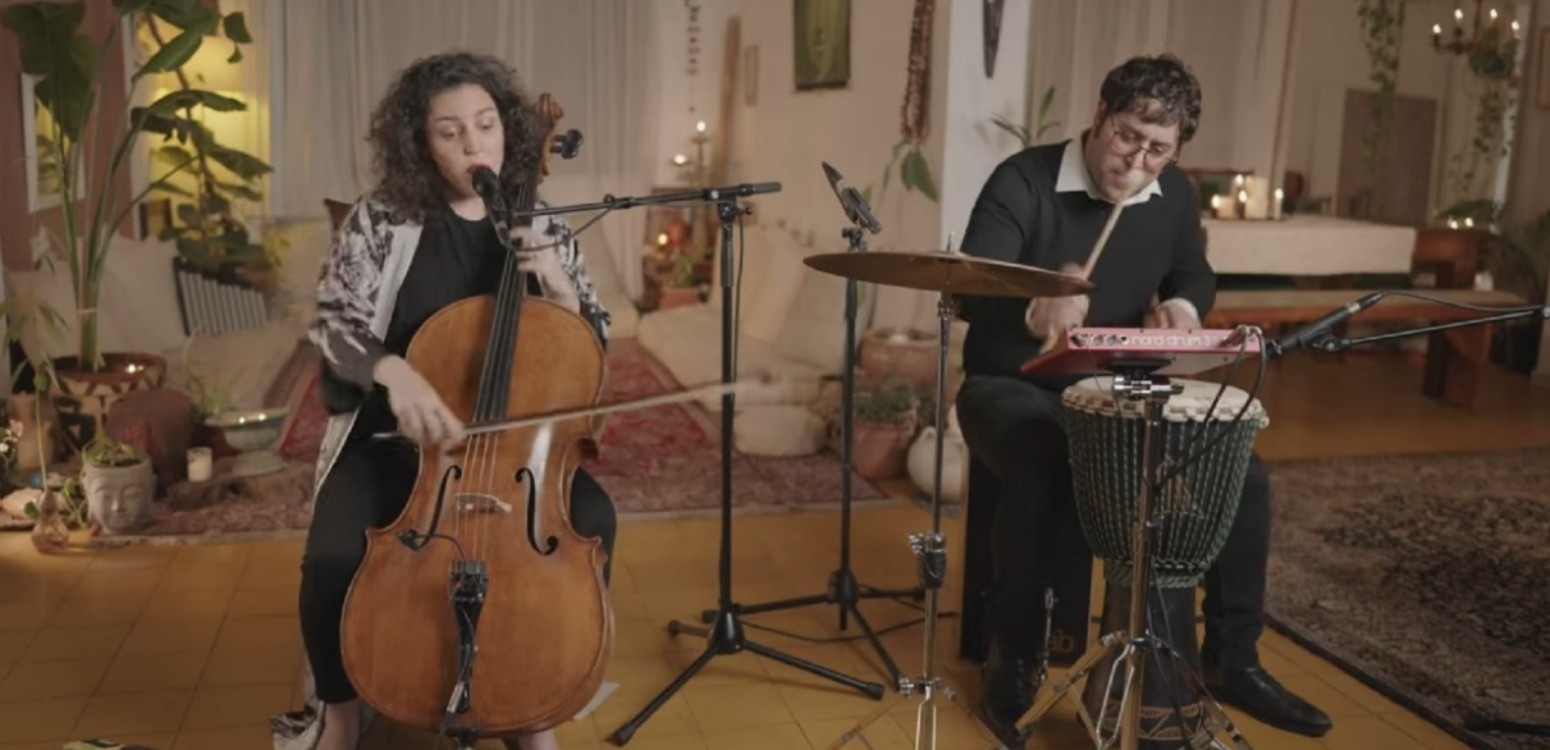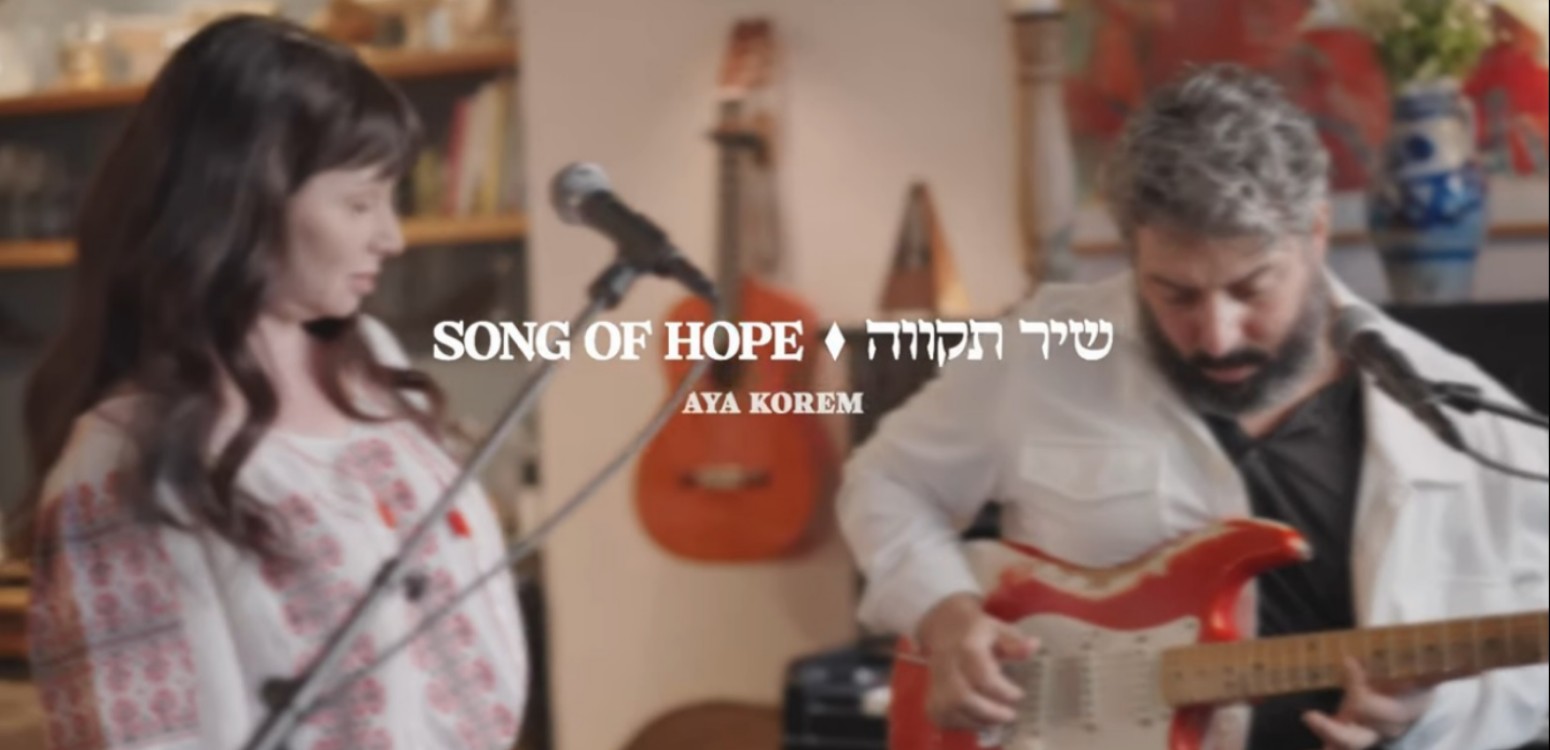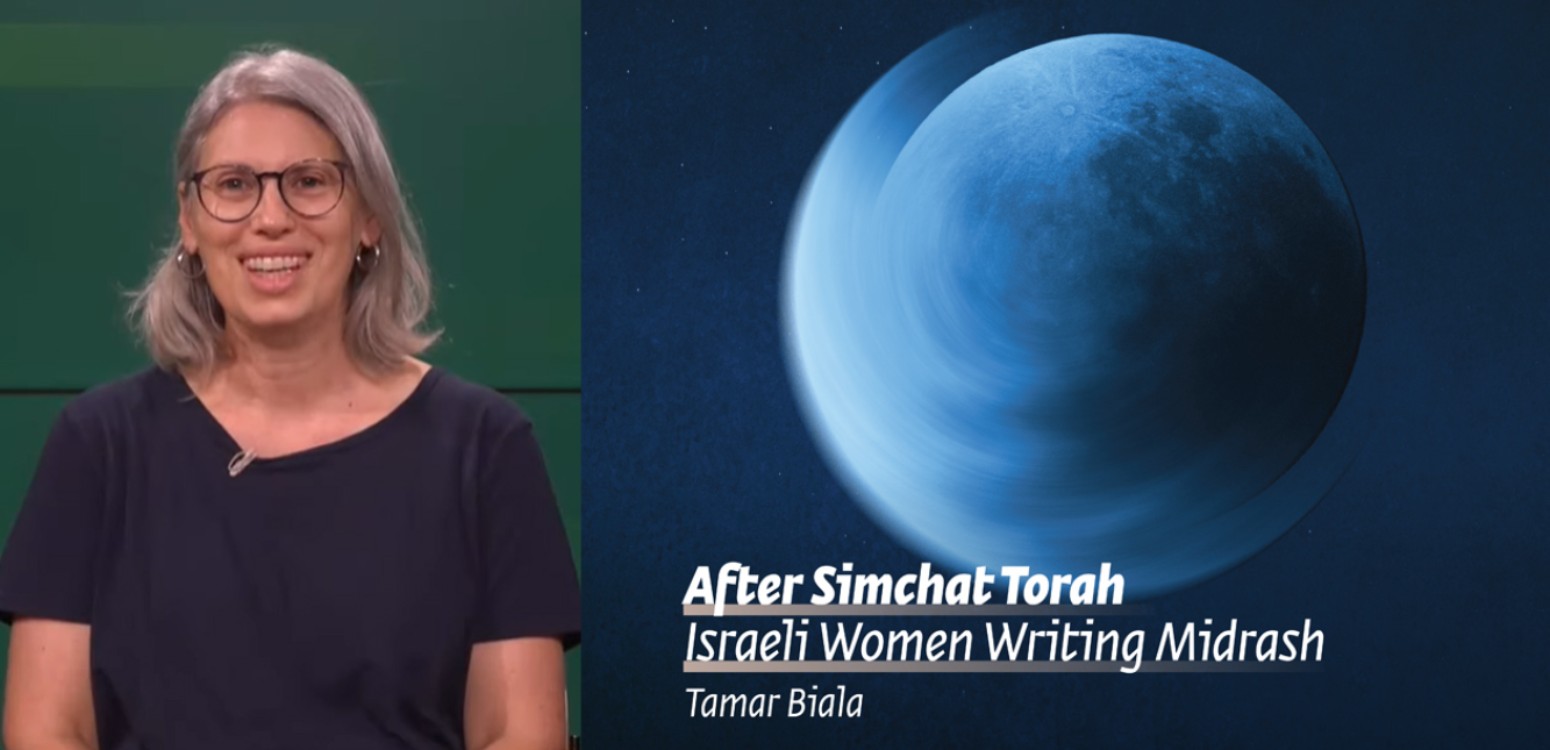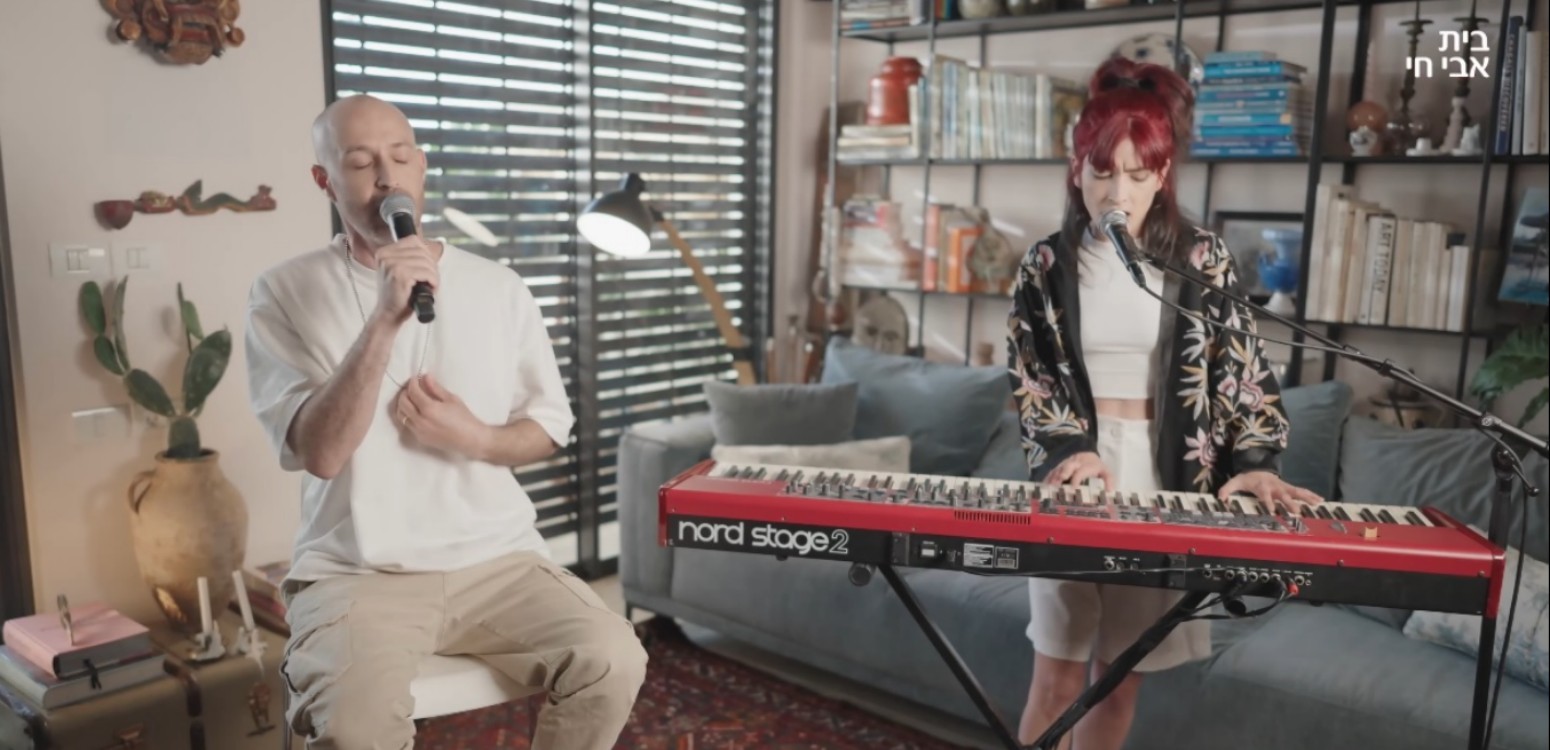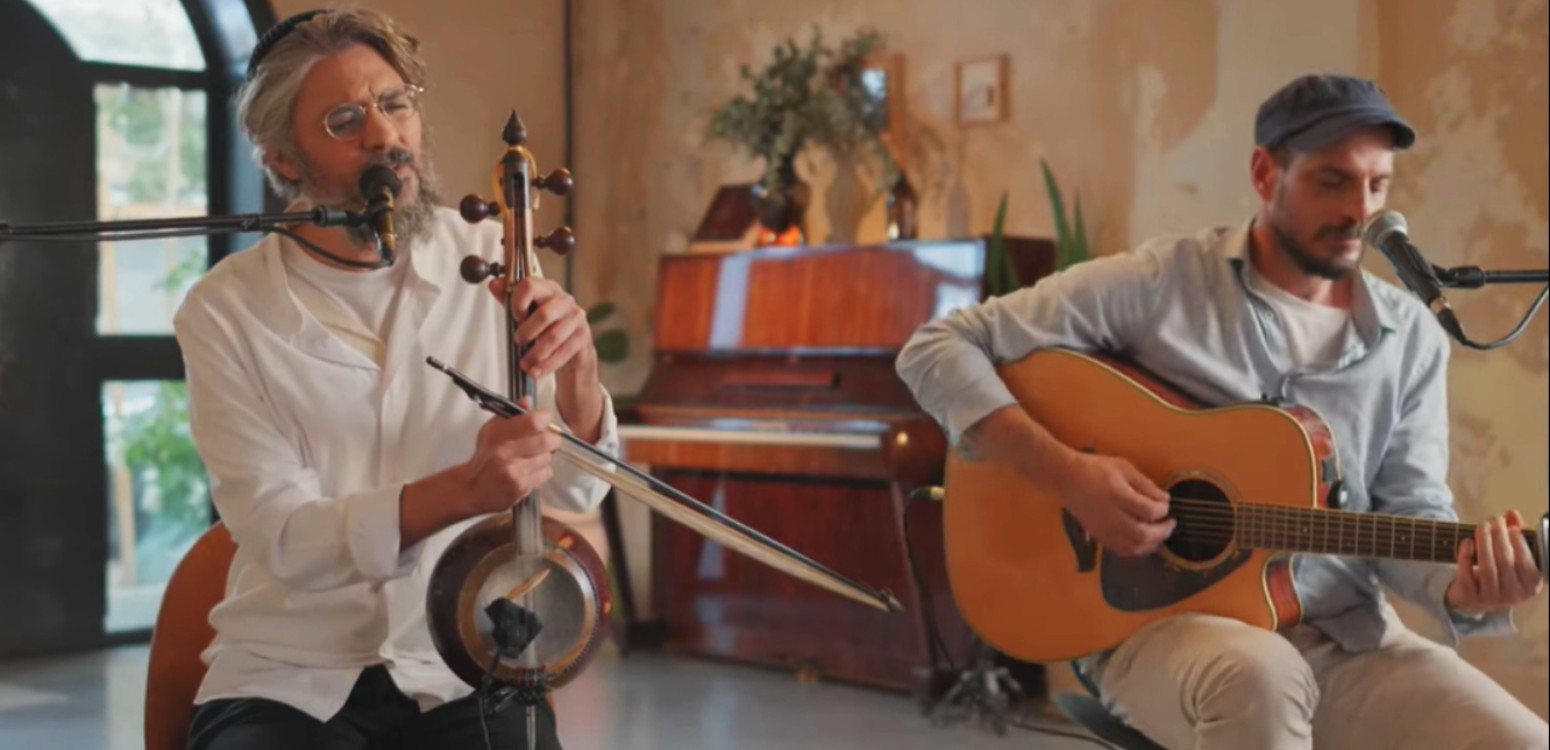
The Torah once barred those with ‘defects’ from sacred duties. Today, we accept each person as created in God’s image. Discover how religious and legal perspectives on disability have transformed over time
There was once a child who had a stutter. One day he asked his father why it was so, why it was he who stuttered. His father answered that it was because he was a Sabbath child. “A Sabbath child?” asked the son.
The father explained that when angels finish crafting babies on Friday, they rest. That’s when God sneaks into the workshop, mixing His secret formula to create perfect children. But since perfection cannot walk among mortals, He adds one small limitation—a stutter, uneven legs, or different hearing. Behind these modest challenges hide God’s angels on Earth—the children of the Sabbath, whose true brilliance is visible only to those who know how to truly see.
No one who has a defect shall be qualified
This sweet story circulates on the internet in various versions, and I couldn’t find who originally wrote it. In our Torah portion, there seemingly is a different message. God says to Moses:
“Speak to Aaron and say: ‘No man of your offspring throughout the ages who has a defect shall be qualified to offer the food of his God. No one at all who has a defect shall be qualified: no man who is blind, or lame, or has a limb too short or too long; no man who has a broken leg or a broken arm; or who is a hunchback, or a dwarf, or who has a growth in his eye, or who has a boil-scar, or scurvy, or crushed testes. No man among the offspring of Aaron the priest who has a defect shall be qualified to offer the Lord’s offering by fire; having a defect, he shall not be qualified to offer the food of his God. He may eat of the food of his God, of the most holy as well as of the holy; but he shall not enter behind the curtain or come near the altar, for he has a defect. He shall not profane these places sacred to Me, for I the Lord have sanctified them.’” (Leviticus 21:17-23)
From brokenness emerges a more elevated personality
The Torah does not allow people with physical impairments to carry out sacred duties. This led to a halakhic dispute about whether people with disabilities can serve in our times as prayer leaders, cantors, or Torah readers.
In the legal code Arukh HaShulchan from the late XIX century, Rabbi Yechiel Michel Epstein (1829-1908) writes that the Maharshal (Shlomo Luria, one of the great Ashkenazic poskim, 1510-1573) thought that a person with disabilities, for example someone without arms or without legs, may serve as a prayer leader. However, Arukh HaShulchan also notes that this matter is subject to debate and that according to the Zohar it is forbidden.
The idea is that precisely from brokenness and coping with it emerges a more elevated personality. Today, in liberal religious streams, the attitude toward people with disabilities is mostly equal and respectful. Among Orthodox synagogues, approaches differ. Fortunately, in recent times, one can find more and more halakhic rulings that allow people with disabilities, including intellectual disabilities, to be called up to the Torah.
Created in God’s image
And in the State of Israel? In 1998, Israel enacted the Equal Rights for Persons with Disabilities Law. The law recognizes society’s obligation to protect the rights of these individuals and is based on “recognition of the principle of equality, on man’s worth – created in God’s image – and on the principle of respect for all human beings.” The law enshrines the right of a person with disabilities “to equal and active participation in society in all major spheres of life, and, furthermore, to provide an appropriate response to his special needs, in such a manner as to enable him to live his life with maximal independence, in privacy and with dignity, realizing his potential to the full.” In practice, of course, the path to full and equal accessibility in society is still long, but there is certainly significant progress in this area.
According to the latest data from the Commission for Equal Rights of Persons with Disabilities, approximately 1.7 million Israelis live with recognized disabilities, though these statistics only capture conditions that meet specific official criteria. In reality, every person navigates their own unique set of challenges. While there are certainly “children of the Sabbath” among us, our shared humanity ultimately involves recognizing our individual differences and supporting one another through life’s diverse hardships—embracing the full spectrum of human experience with dignity and respect.
Lior Tal Sadeh is an educator, writer, and author of “What Is Above, What Is Below” (Carmel, 2022). He hosts the daily “Source of Inspiration” podcast, produced by Beit Avi Chai.
For more insights into Parashat Emor, listen to “Source of Inspiration”>>
Translation of most Hebrew texts sourced from Sefaria.org
Also at Beit Avi Chai



